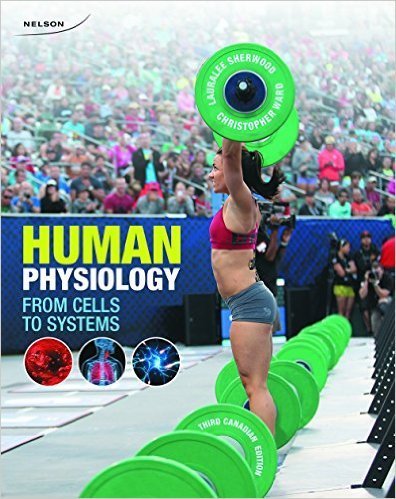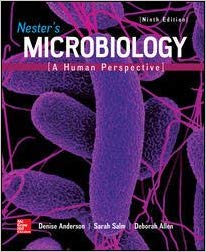Description
Human Physiology From Cells To Systems 3rd Edition by Lauralee Sherwood – Test Bank
chapter 1
| Indicate whether the statement is true or false. |
| 1. All cells are capable of reproducing. a. True b. False |
| 2. Blood is a type of connective tissue. a. True b. False |
| 3. The skin is part of the integumentary system. a. True b. False |
| 4. Stem cells are not common to all multicellular organisms. a. True b. False |
| 5. Cells eliminate carbon dioxide as a waste product. a. True b. False |
| 6. The concentration of salt in the extracellular fluid influences how water enters and leaves cells. a. True b. False |
| 7. The endocrine system functions with the circulatory system for the transport of hormones. a. True b. False |
| 8. All proteins are enzymes. a. True b. False |
| 9. Homeostatic control systems are grouped into two classes: intrinsic and extrinsic controls. a. True b. False |
| 10. With positive feedback, a control system’s input and output continue to enhance each other. a. True b. False |
| 11. Exocrine glands are the only structures in the body capable of secretion. a. True b. False |
| 12. Secretion refers to the release from a cell, in response to appropriate stimulation, of specific products that have, in large part, been synthesized by the cell. a. True b. False |
| 13. Feedforward mechanisms bring about a response in reaction to a change in a regulated variable. a. True b. False |
| 14. Intestine, heart, and skin do not consist of hormone-secreting cells. a. True b. False |
| 15. Glands are formed during embryonic development by pockets of epithelial tissue that dip inward from the surface. a. True b. False |
| 16. Not all activities performed by the muscular and nervous systems are directed toward maintaining homeostasis. a. True b. False |
| 17. Enzymes are carbohydrates. a. True b. False |
| 18. Factors that are homeostatically regulated are maintained at a constant, fixed level unless disease is present. a. True b. False |
| 19. A lumen is a cavity within a hollow organ or tube. a. True b. False |
| 20. Highly differentiated tissues such as nervous and cardiac muscle are incapable of new cell production. a. True b. False |
| 21. The lungs remove carbon dioxide from the blood plasma. a. True b. False |
| 22. Some organs, such as the heart, skin, and intestine, belong to more than one body system. a. True b. False |





Be the first to review “Test Bank Human Physiology From Cells To Systems 3rd Edition by Lauralee Sherwood”